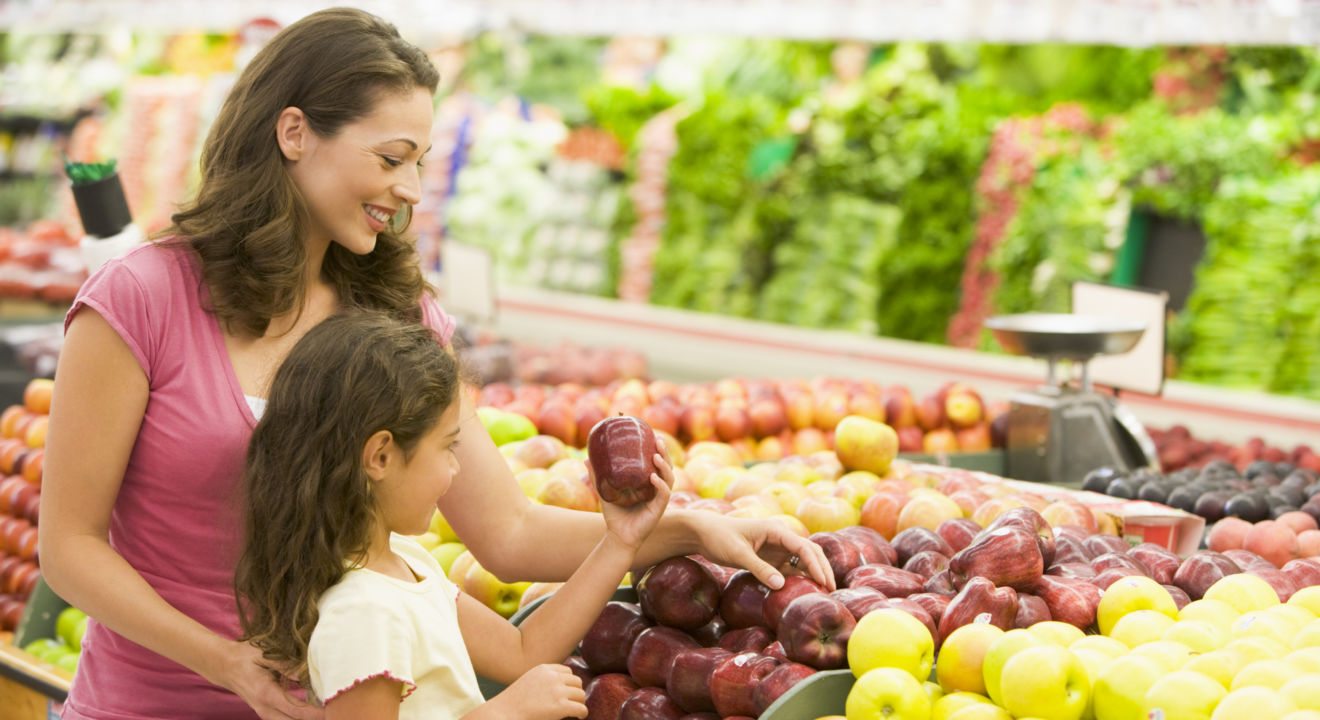Relationships December 13, 2016


The U.S. Department of Agriculture has announced that food stamps will now be used to promote healthier eating choices.
The changes to the Supplemental Nutrition Assistance Program (SNAP) require more than 250,000 SNAP-authorized stores to carry at least 84 staple foods, which include a variety of fruits, vegetables and whole grains.
This announcement follows the results of a 2015 study published in the American Journal of Preventive Medicine, which concluded that participants of SNAP consumed fewer fruits and vegetables than higher-income Americans. The research shows that while higher-income and low-income Americans consume the same number of calories, those using food stamps “are eating less nutritious food than everyone else.”
“Snap is working to reduce food insecurity. That’s the good news,” researcher Tatiana Andreyeva said in an interview. “One of the major findings is we didn’t find any difference in calorie intake. The bad news is that the quality of diet is lower.”
READ MORE: How to Cultivate Healthier and Financially Savvy Shopping Habits
Andreyeva also pointed out that eating healthy is difficult on a limited budget, especially when the cheapest food is packed with calories and not nutrients.
“Overall I feel that diets are improving slowly,” she said. “My concern is that they’re not improving at all or at a slower rate among SNAP participants.”
As a result, the USDA began experimenting with incentive programs to encourage healthier eating habits for food stamp users. Since the study, the USDA has invested $100 million in Double Up Food Bugs, a program that doubles the value of SNAP benefits when participants buy fruits and vegetables at farmers markets. The agency also funds education efforts like Cooking Matters to teach low-income families how to cook and get the most out of their money.
READ MORE: 5 Tips to Make Dinner Quick and Easy
Currently, SNAP provides monthly benefits to about 46.5 million Americans, which is around 14.5 percent of the nation. Because of this, it’s become one of the federal government’s most important antipoverty programs.
As this is the case, the USDA is really pushing to help promote healthier lifestyles.
“This final rule balances the need to improve the healthy staple foods available for purchase at participating stores, while maintaining food access for SNAP recipients in underserved rural and urban areas,” Agriculture Secretary Tom Vilsack said in a statement.
“I am confident that this rule will ensure the retailers that participate in SNAP offer a variety of healthy foods for purchase and that SNAP recipients will continue to have access to the stores they need to be able to purchase food.”
READ MORE: 7 Reasons You Should Cook at Home Instead of Eating Out